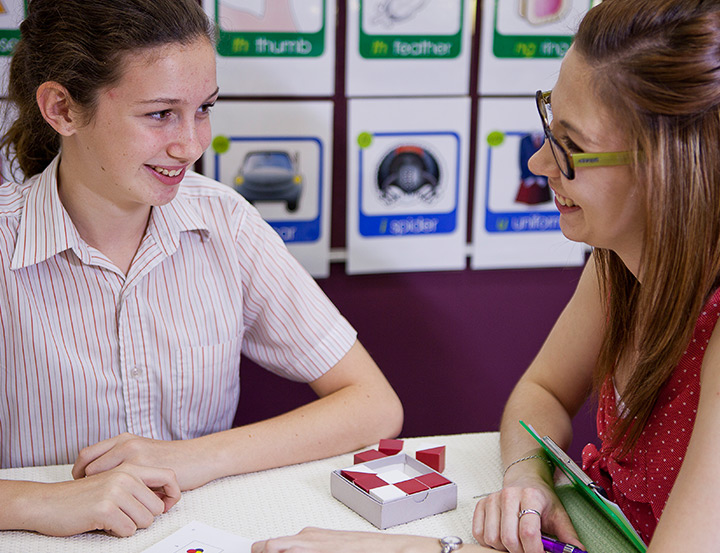The diagnosis of a learning disability must consider how well the child responds to intervention. The “Response to Intervention” (RTI) model refers to a process that highlights how well students respond to changes in instruction in the classroom. Individual students’ progress is monitored and results are used to make decisions about further instruction and intervention. Essentially, schools can use the RTI process to help students who are struggling academically or behaviourally and to identify students who may have learning disabilities.
A brief summary of the RTI process taken from the National Centre on RTI website, reads:
“With RTI, schools identify students at risk for poor learning outcomes, monitor student progress, provide evidence-based interventions and adjust the intensity and nature of those interventions depending on a student’s responsiveness”.
What does the RTI process look like?
The RTI process typically has three waves (or three tiers) which cater for the needs of all students within the classroom. Each wave provides differing levels of support and should focus on how to make the student more successful rather than focussing on the student’s lack of success. Providing high quality instruction in literacy and numeracy ensures schools are better equipped to identify and cater for the needs of students with both learning difficulties and learning disabilities. Using programs that are supported by reliable research evidence is central to this approach. The use of a structured synthetic phonics program is crucial to reading and spelling instruction, as is the use of programs and/or teaching strategies to target and support additional areas of need such as working memory, vocabulary, comprehension and number work.
All students receive high quality curriculum and evidence-based strategies and programs in the regular education classroom with consistency across year levels. The teacher assists all learners and monitors their progress at regular intervals.
The school provides small group interventions to children who need more support than they are receiving from the general curriculum. It is expected that children who receive the additional group support at this level will ‘catch up’ with their peers. It is essential that students receive targeted intervention that is both more intensive (i.e. small groups) and more explicit (step-by-step instruction targeted at specific area of need) if the aim is to reduce the gap between them and their peers. Otherwise, they will continue to fall further behind. Children should continue to be included in whole-class instruction, receiving small group intervention in addition to this.
Students are given individualised support and instruction. This wave is for children who are underachieving despite the provision of targeted small-group intervention. An Individualised Education Plan (IEP) or Individualised Learning Plan (ILP) may need to be developed, incorporating regular assessments and monitoring of progress. A professionally developed evidence-based program delivered one to one is often a central component of an IEP for students with learning disabilities. It is essential that the program is delivered with fidelity (that is, it must be given according to the instructions). Participation in small group work may also continue within the classroom. For more information about IEPs see Appendix 2.
Adopting the RTI model has the potential to reduce the number of students who present with learning difficulties as a result of poor instruction and/or curricula. It also allows for earlier identification of students who continue to fail to make progress despite high quality instruction and evidence-based intervention. It is at this point that an individual assessment to determine whether the child meets the criteria for a specific learning disorder diagnosis may become important. A combination of RTI and individual assessment is important in diagnosing specific learning disorders.
A summary: Identifying and diagnosing specific learning disorders
- An assessment clarifies the specific needs of the child and helps direct parents and teachers to appropriate intervention and support.
- There are specific criteria that a child must meet in order to be diagnosed with an SLD.
- Assessment should be completed by a qualified specialist using standardised assessment measures once appropriate steps have been taken in the school setting.
- The Response to Intervention (RTI) approach provides the student with different levels of support depending on their needs.
The National Center for Learning Disabilities website is very comprehensive and explores the RTi approach in detail. Visit www.rtinetwork.org/ for more information.

